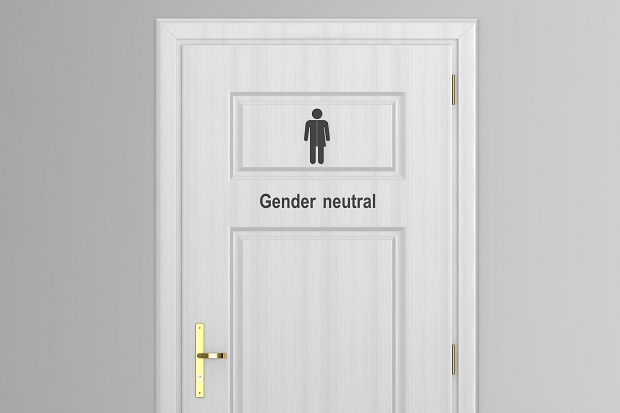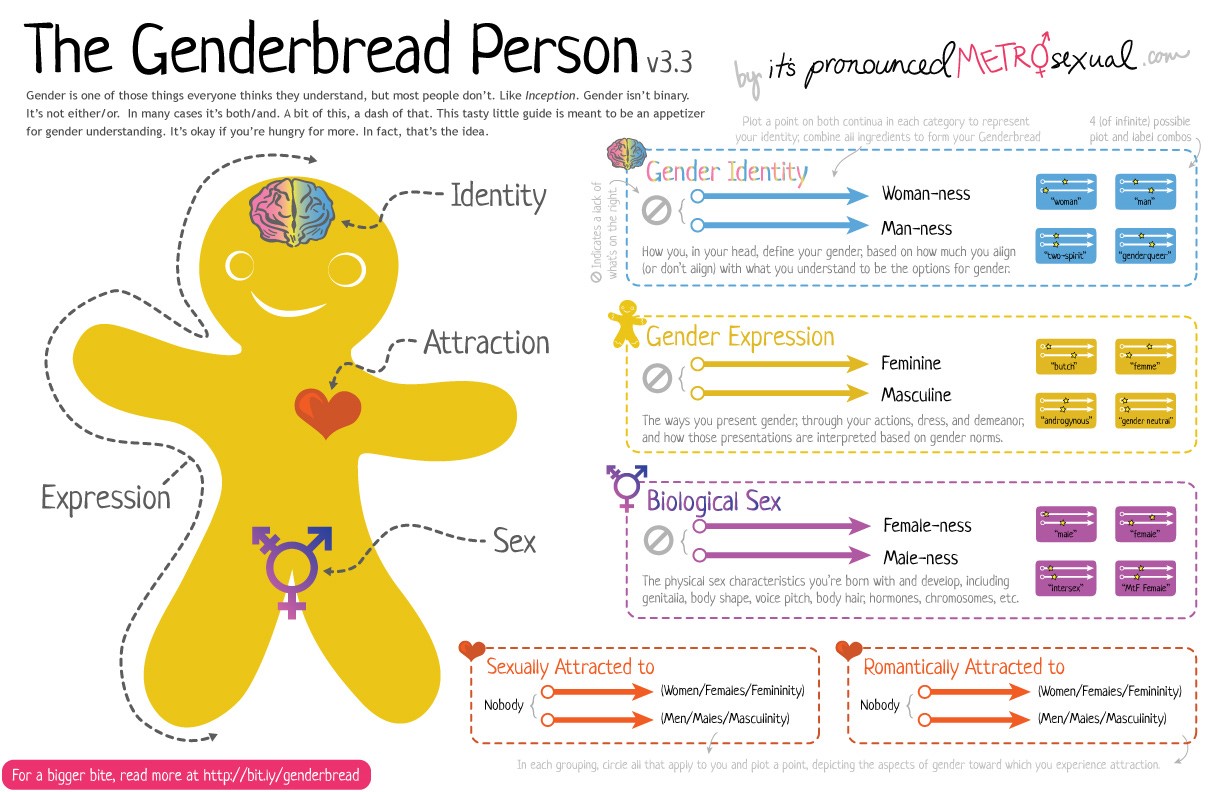
As our “Real Stories of Inclusion” series comes to an end, I thought it’d be good to close by discussing an area that I am still learning and developing in as a diversity and inclusion practitioner: gender identity and creating gender inclusive spaces.
As the concept of gender continues to evolve, we are learning more about gender identity and how we can create more gender neutral and inclusive spaces. Some of the mainstream conversations around gender identity, expression, and sex have been related to the experiences of transgender people and the recent discriminatory laws that directly impact that group. Bathrooms have dominated most of these conversations. However, there are many other spaces that require our intentionality in ensuring gender inclusiveness—one of those being classrooms.
I was perusing my Facebook timeline a few days ago and came across a post by a professor who shared how he fosters gender inclusive spaces among his students. The example is seemingly simple, but certainly has its impact:
On the first day of class, students (college) are asked to give introductions. Traditionally, those introductions may include the students’ names, hometown, major, and perhaps a fun fact. However, this professor also asks the students to share their preferred pronouns, if they are comfortable (he/him or she/her or them/they, etc.). That is, rather than assume and incorrectly gender a student, the professor gives each student the opportunity to share how they prefer to be identified. For example, as a cis-gendered woman, my introduction may be along the lines of “I’m Brittany and my pronouns are her/she.”
Now, as someone who experiences cis-gender privilege, this practice could seem very menial. On the other hand, assuming one’s gender [identity] and identifying them with a pronoun that is not consistent with how they see themselves is a micro aggression and can ultimately be a barrier to creating a truly inclusive environment.
In the coming weeks, The Winters Group will be releasing our Global Diversity and Inclusion Trends Report which will include a chapter on increasing our understanding of the experiences of the LGBTQ community and relevant terms. In the interim, included below is a diagram that I’ve found helpful in increasing my understanding and competence around gender. It is called The Genderbread Person and conceptualizes the differences between gender identify, expression, sex and attraction/orientation. I hope you’ll find this helpful in manifesting your own stories of inclusion.



















